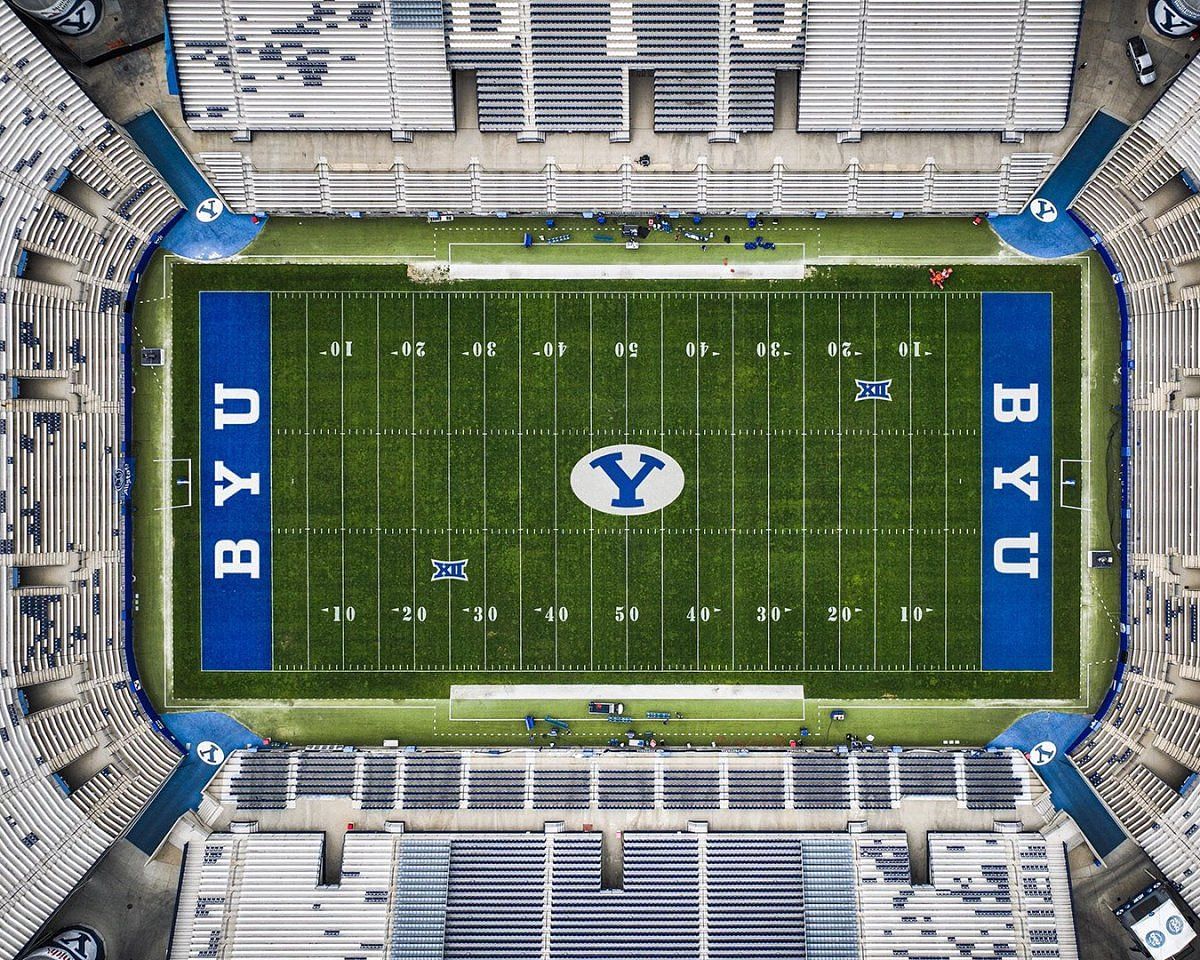
What is BYU's TV value? Taking a closer look at Big 12's revenue generation from media deals
In the wake of BYU’s arrival to the Big 12, more people are becoming interested in discovering details about the school’s athletic programs. A particular question that has got so many curious is how much the school is adding to the Big 12 in terms of media value.
After the Big 12 lost Oklahoma and Texas in 2021, there were a lot of concerns over its survival. It was speculated then that the two institutions took with them about half of the conference’s TV value. That is, the current average annual value of $22 million per school will drop to about $11 million. It was a gloomy forecast, and the remaining eight schools were left in confusion.
Even after the conference announced that the replacements – UCF, Cincinnati, Houston and BYU – the prognosis didn’t really improve.
What BYU brings to the Big 12
However, things changed in 2022 after the arrival of Brett Yormark as the conference commissioner. In less than a year, Yormark secured a media rights deal worth $2.28 billion with ESPN and Fox.
“What magic spell did Yormark cast?” everybody asked. How did the conference go from less than $20 million average annual value per school to over $30 million in such a short period? Of course, it was down to Yormark’s negotiating prowess. But it took more than that. In fact, Yormark could only negotiate based on the value the conference already possessed, especially its new members.
BYU has a national appeal that transcends the local Utah media market. According to a 2021 article in The Athletic, its games on ESPN had larger viewership than the other Big 12 schools within a comparable window. This translated to a potential for the school to increase the conference’s per-school annual TV revenue by $2 million.
The monetary value of BYU’s current independent deal with ESPN is unknown. But it is obvious from the new Big 12 deal that the school has an untapped value. One is left wondering why it has been largely ignored by conferences until now. That the school is faith-based is not a satisfactory answer, neither is its presence in Utah’s media and commercial market.
With the Pac-12 left searching for a media deal after a similar cradle-rocking exit of USC and UCLA, it might need to take the Big 12’s approach. That is, seek out institutions with immense media value that can improve its position in ongoing media rights deal negotiations.